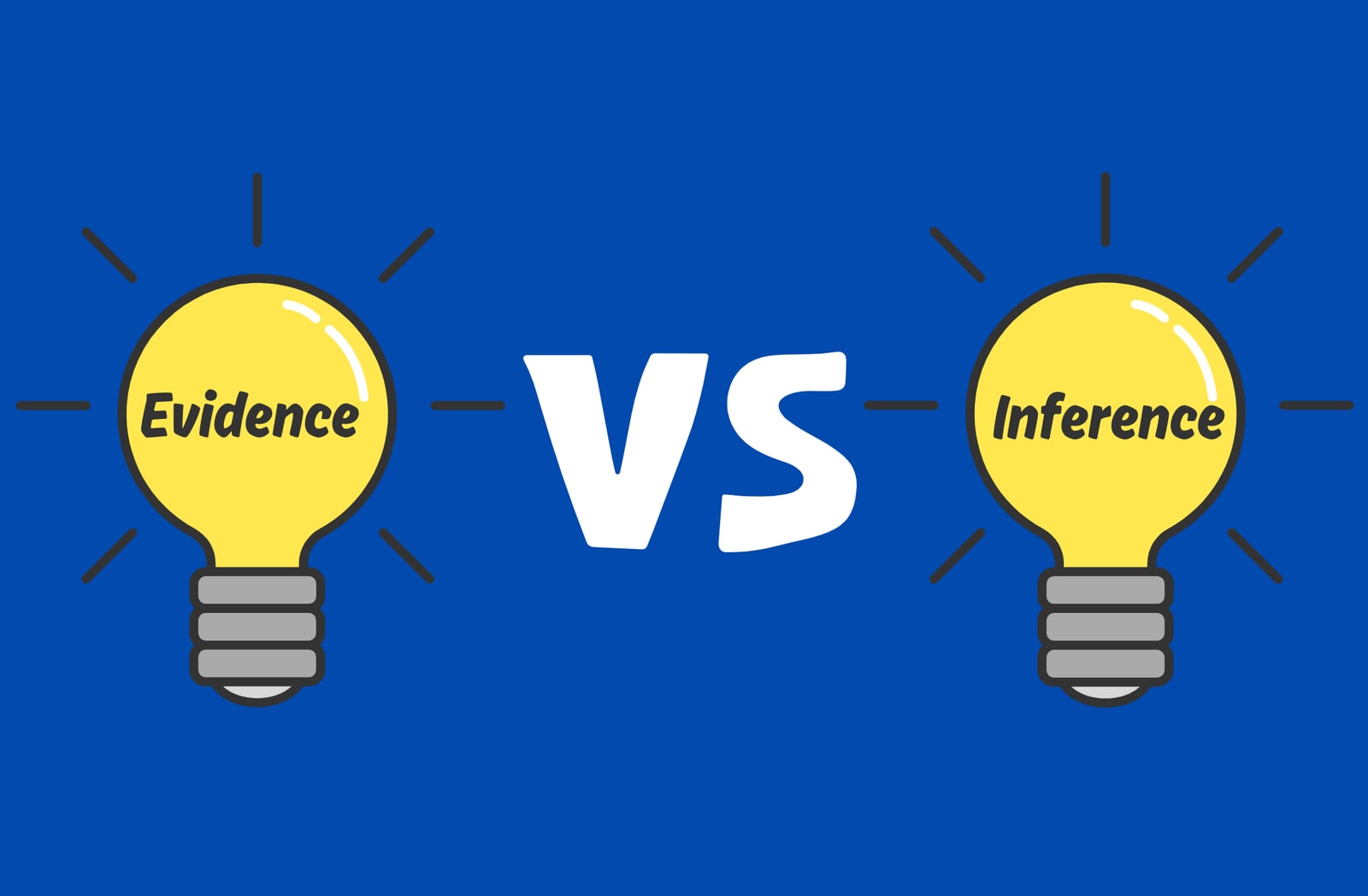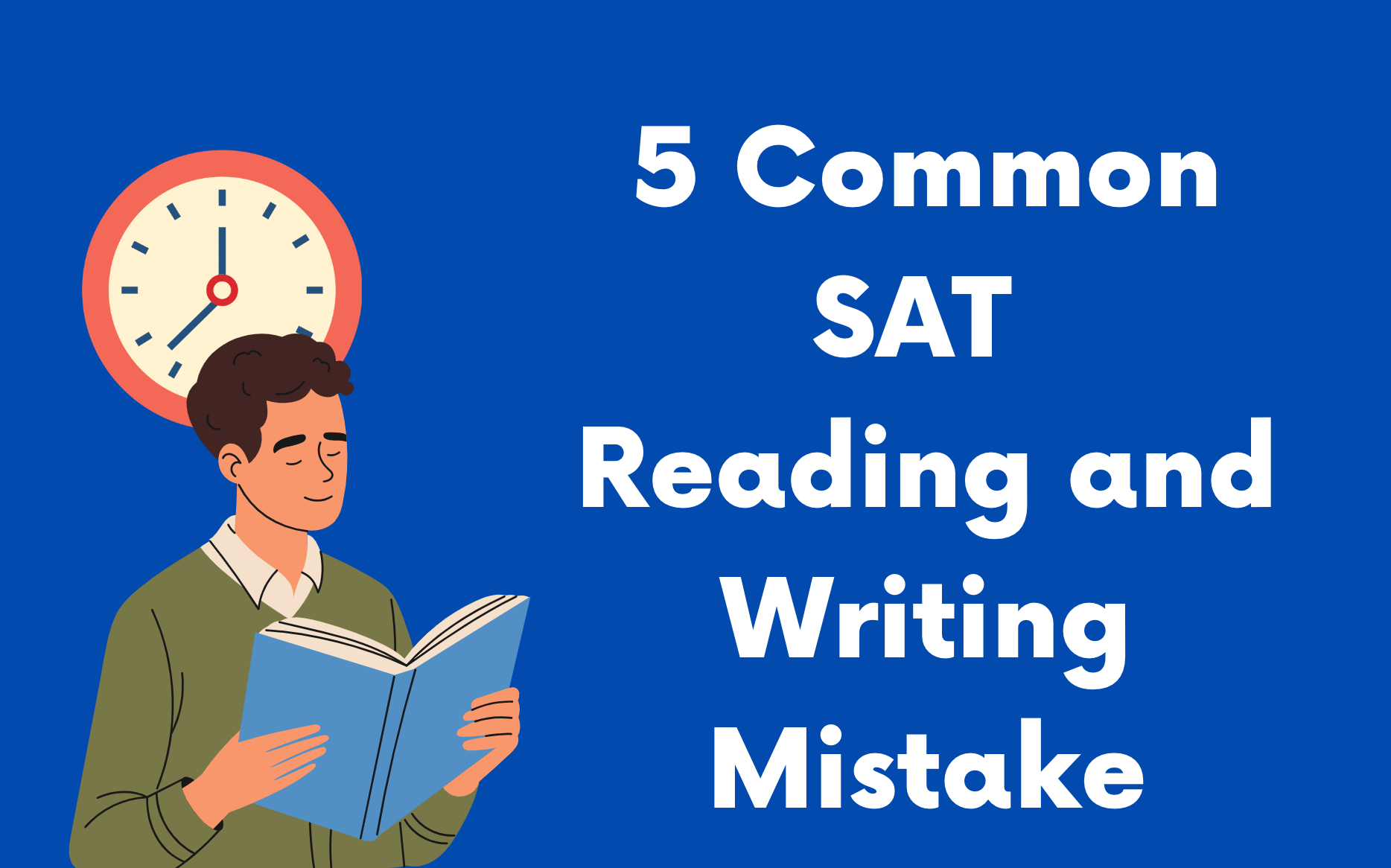Digital SAT Reading Detail Questions: Evidence or Inference?
Author
Phoenix Wilder
Date Published

When taking the Digital SAT, many students find themselves hesitating over so-called “Specific Detail” questions. Sometimes you’re searching the passage for a single, concrete fact, unsure whether you’re looking for something that’s explicitly stated or an idea you have to infer. Understanding the distinction between these two types of questions—evidence-based and inference-based—is essential for boosting your reading score.
Why It Matters: Jean’s Story
Consider Jean, who reviewed a practice test and missed a question about what a passage “suggested” regarding a scientific discovery. She picked an answer that directly restated a fact from the passage, but the correct answer required her to connect two different pieces of information. Jean’s confusion—when to stick to the facts and when to make logical deductions—cost her points. This is a common experience for Digital SAT test-takers.
Jean’s story is common and highlights a skill vital for SAT success: being able to distinguish between finding direct evidence and making supported inferences, and knowing exactly what each question is asking for.
Clear Evidence Questions
Definition:
These questions ask for information that is explicitly, clearly stated in the passage. Your job is to find what the author says—directly, with minimal interpretation.
How to Identify:
Watch for phrases such as:
• "According to the text…"
• "As presented in the passage…"
• "Based on the passage…"
• "The author states/indicates…"
Strategy:
• Go on a “fact-finding mission.”
• Back up your answer with a clear quote or paraphrase from the text.
• Do not make inferences or assumptions—stick to what’s written.
Example – Madjedbebe Excavation
Passage:
"University of Queensland archeologist Chris Clarkson had long wanted to reexcavate Madjedbebe to resolve the controversy around the peopling of Australia. With Aborigine permission, Clarkson’s team reexcavated the site in 2012 and 2015 with painstaking stratigraphic controls. They found hundreds of thousands of new artifacts, including elaborate technologies such as the world’s oldest ground-edge stone axes, grindstones for pulverizing seeds, and finely made stone points that may have served as spear tips. The earliest people at the site also used 'huge quantities of ochre' and are the first humans shown to have used reflective mica to decorate themselves or rock walls."
Question:
According to the text, what does the discovery of mica at Madjedbebe indicate about the first people who lived at the site?
A) They used tools chiefly to extract this resource.
B) They used this material for artistic creations.
C) They traded this substance only amongst themselves.
D) They used it to make points that may have served as spear tips.
Analysis:
The question uses “According to the text,” which indicates you need a fact, not an interpretation.
The correct answer is B: the passage states they "used reflective mica to decorate themselves or rock walls," supporting the idea of artistic use.
Inference Questions
Definition:
Inference questions want you to draw logical conclusions based on the text. The correct answer is not stated word-for-word but is strongly supported by the passage.
How to Identify:
Look for keywords such as:
• "Most likely"
• "Suggests"
• "Implies"
• "Inferred"
• "Best supports"
Strategy:
• Use only the information in the passage; no outside knowledge.
• Choose the answer that most reasonably follows from the details given.
• Sometimes, you’ll need to consider the logical inverse (what is implied by what isn’t directly stated).
1) Easier Inference Example: Parental Support
Passage:
"His mother, standing across the room, smiled warmly at Kenan. His grandfather, a man known for his stern demeanor and imposing presence, knelt and reached out his hand."
Question:
What does the passage most strongly suggest about Kenan’s mother?
A) She wishes to encourage Kenan’s interaction with his grandfather.
Analysis:
It does not directly state her intent, but her action—smiling warmly—while watching Kenan interact with his grandfather strongly suggests encouragement and approval. So, A is correct.
2) Medium Inference Example: Pitcher Plants
Passage:
"Carnivorous plants hold a place of special fascination... Many, like Venus flytraps, have an obviously predatory look. But pitcher plants, though successful insect capturers, don’t make sense at first glance. A new study explores why the plants’ trap edges aren’t always slippery, even though slipperiness would theoretically catch more unsteady insects."
Question:
What does the text most strongly suggest about pitcher plants?
A) They are unusual in that they lack a trait that would seem to improve their ability to capture insects.
B) They prey primarily on crawling insects rather than on flying ones.
C) They have no apparent mechanism to prevent insects from escaping their traps.
D) They look more predatory than Venus flytraps.
Analysis:
The passage indicates it is surprising that pitcher plants' trap edges aren't always slippery, implying they lack a trait that seemingly would help catch more prey. Thus, A is the best-supported answer.
3) Harder Inference Example (Inverse Evidence): Microfluidics Pumps
Passage:
"Conventional microfluidics devices use tiny pumps for microscale fluid control, like in microchips for sensitive analyses. To cut energy use, researchers developed new passive pumps mimicking plants sucking water. A team demonstrated a highly efficient version using a leaf-vein-like branched structure. Potential uses include cooling electronics or precise drug delivery."
Question:
What does the text most strongly suggest about the pumps used in conventional microfluidics?
A) Those pumps must be cooled by additional technology.
B) Those pumps work best if the fluids distributed are under high pressure.
C) Those pumps sometimes distribute fluids unevenly.
D) Those pumps draw power from an external source.
Analysis:
The passage says passive pumps were developed to "cut energy use", contrasting them with conventional pumps. If passive pumps don’t require added power, conventional pumps must—leading to the conclusion that D is correct (they draw power from an external source).
How to Spot the Difference Quickly
Training yourself to instantly recognize whether a Specific Detail question wants direct evidence or a logical inference will save you valuable time and build accuracy. Here’s a quick checklist as you practice:
• Look for keywords: The question stem is your biggest clue.
• Go back to the text: Don’t answer from memory—find the relevant lines or sentences.
• Check if the answer is worded exactly as the passage, or if it would require some reasoning.
• Beware of traps: Some “word-for-word” answers are wrong if they're off-topic; some “logical” answers go beyond what the passage provides.
How Practice Makes This Skill Second Nature
Getting comfortable with this nuance takes more than just reading about it—it requires seeing many examples and recognizing patterns. Regular, focused practice helps you internalize these distinctions until they become automatic.
This is where platforms like Best SAT Score can play a transformative role in your prep. The platform’s adaptive full-length SAT practice tests recreate the intense, timed conditions of the real exam, challenging you to make split-second decisions about question type and required reasoning. Meanwhile, their expert-curated SAT question bank offers hundreds of Specific Detail questions. You can filter or tag practice sets—for example, working on “evidence-only” or “inference-required” questions—so that each session systematically targets your weak spots.
Additional Tips to Maximize Your Score
1. Annotate While Reading: Underline facts, claims, and relationships as you read the passage. When a question asks for a detail, you have quick visual markers to reference.
2. Practice Reverse Reasoning: For inference questions, try to identify which pieces of explicit evidence in the passage “add up” to the conclusion asked by the question.
3. Eliminate Extreme Choices: Correct inference answers are always grounded in the text. Eliminate any choice that makes an unwarranted leap.
4. Review Mistakes Thoroughly: When you miss a question, don’t just check the correct answer—study the explanation for why one answer is direct evidence and another is an unsupported inference (or vice versa).
Final Thoughts
In summary, mastering Specific Detail questions on the Digital SAT depends on two core abilities: first, immediately recognizing whether the question demands direct evidence or inference; and second, efficiently hunting for that answer in the passage without being sidetracked by tempting wrong choices. While the skills may seem subtle, with consistent practice—especially using structured platforms like Best SAT Score—you’ll go from second-guessing your approach to confidently tackling every Specific Detail question the test throws at you. Don’t let uncertainty slow you down: make a habit of identifying the question type, seeking the right kind of support in the text, and your reading score will soon reflect your hard-earned accuracy.
Related Posts

Struggling with the Digital SAT Reading & Writing section? Discover 5 common mistakes students make and actionable tips to boost your score!

Discover effective techniques for analyzing data graphics in SAT Reading and Writing to boost your comprehension and test performance.